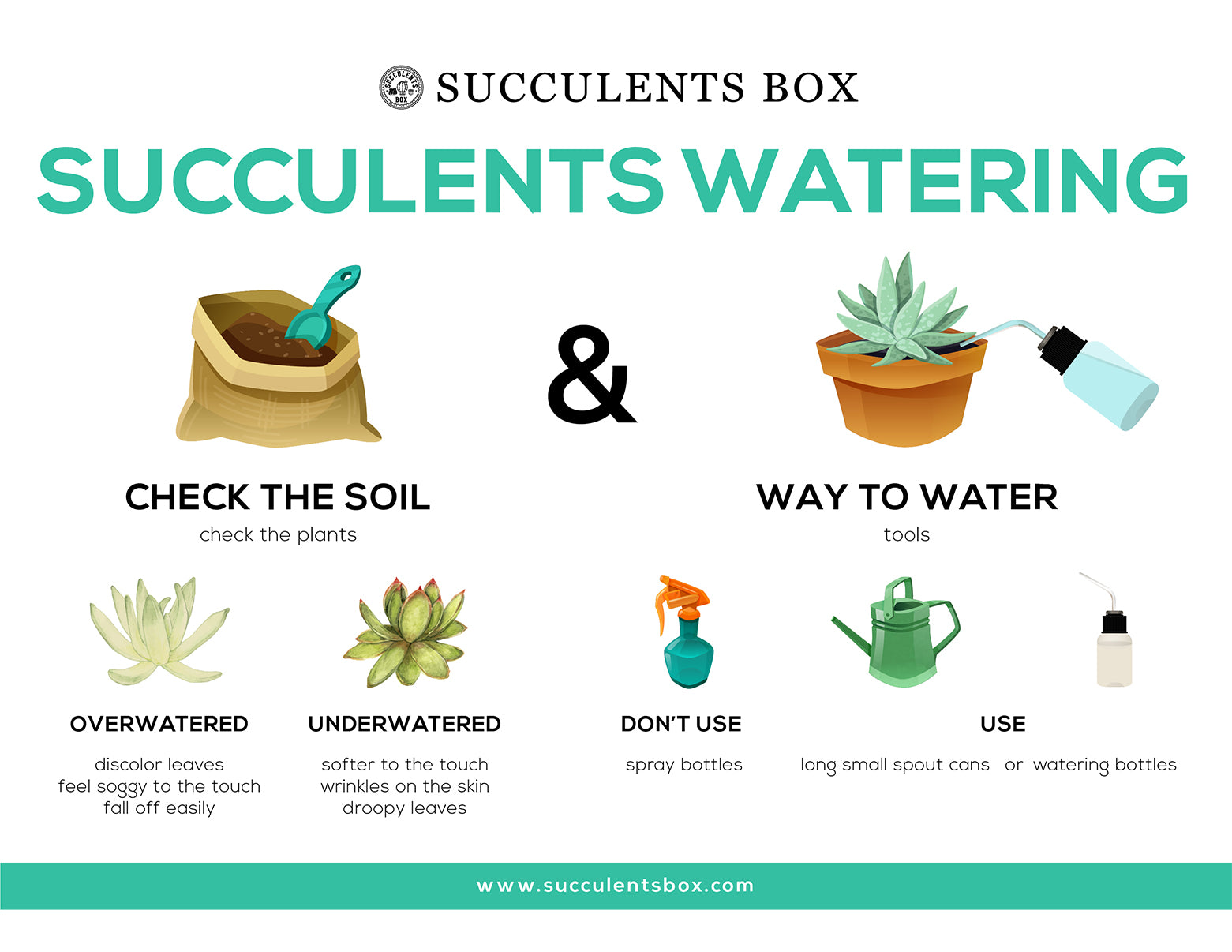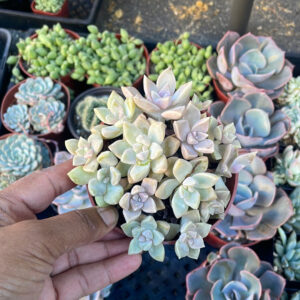Watering cacti requires a nuanced understanding of their unique biology and environmental needs. These resilient plants thrive in arid climates, adapting to conserve water meticulously. However, this doesn’t mean that the watering process is trivial. In this exploration of cactus hydration, we will delineate an optimal watering schedule tailored for various cactus species, elucidate the factors influencing their watering needs, and offer practical guidance on how to effectively maintain their vitality.
Understanding the Natural Habitat of Cacti
To appreciate the watering requirements of cacti, one must first comprehend their natural habitat. Cacti predominantly originate from arid and semi-arid regions, such as deserts where rainfall is sparse and irregular. This adaptive evolution has equipped them with specialized structures to minimize water loss, such as thick, waxy skins and shallow but extensive root systems. These features allow cacti to absorb moisture quickly when it does rain, ensuring their survival amidst prolonged droughts.
While you might think that cacti need very little water, the truth is that they thrive on a surprisingly delicate balance of hydration. During active growing periods, which typically coincide with warmer months, the watering frequency must be adjusted accordingly. The challenge for many cactus caregivers is to replicate these natural conditions as closely as possible.
Establishing a Watering Schedule
Creating an effective watering schedule for your cacti can enhance their growth and resilience. The frequency with which you water your cactus is contingent upon several factors, including the specific species of cactus, the environment in which they are grown, and the prevailing season. Here is a foundational guideline based on these variables:
In Spring and Summer
During the growing season, which generally spans from late spring through summer, cacti are in a phase of active growth. During this period, it is critical to provide more frequent watering. In most cases, a bi-weekly watering schedule will suffice. However, some species might require more frequent watering based on their individual moisture needs. An excellent strategy is to water your cactus when the top inch of soil feels dry to the touch.
In Fall and Winter
As the temperature begins to drop and daylight hours shorten, cactus plants often enter a dormancy period. During this time, their metabolic processes slow down considerably, thus necessitating less water. Late fall into early spring can witness watering as infrequently as once a month, or even less if environmental conditions are particularly dry. Always ensure that the soil is completely dry before attempting to hydrate again.
The Importance of Soil and Potting
Not all potting mixes are equal, especially for cacti. To maintain an effective watering schedule, the right soil composition is essential for proper drainage. Cacti require a well-draining potting mix, often comprised of sand, perlite, or specialized cactus soil blends designed to allow excess water to flow through. Poor drainage can lead to root rot, a serious condition that can ultimately cause the demise of the plant. Thus, the vessel in which a cactus is planted should also feature adequate drainage holes to facilitate excess water drainage.
Signs of Over-Watering and Under-Watering
Aligning the watering schedule with the cactus’s needs can be challenging. Therefore, it is paramount to learn to recognize the signs of both over-watering and under-watering. An over-watered cactus often displays yellowing or mushy stems, a crucial indicator of root rot. Conversely, if your cactus is shriveling, turning brown, or developing brown spots, it is likely that it is dehydrated.
Adjusting to Environmental Conditions
Environmental factors play a crucial role in determining how often you should water your cactus. For instance, if your cactus is exposed to direct sunlight for the majority of the day, the soil may dry out faster, necessitating more frequent watering. Conversely, during periods of high humidity, less watering may be required. Indoor humidity levels, temperature variations, and seasonal changes must all be evaluated to maintain healthy cactus care.
Watering Techniques for Optimal Care
Effective watering techniques can significantly impact the overall health of your cacti. When watering, it is advisable to apply the water slowly and thoroughly until it begins to drain out of the bottom of the pot. This encourages the roots to seek moisture deeper in the soil rather than at the surface, promoting a stronger root system.
Another recommended approach is the “soak and dry” method. With this technique, allow the soil to entirely dry out between watering sessions, mimicking natural desert conditions, thus providing the cactus with the most suitable hydration regime.
Final Thoughts on Maintaining Optimal Cactus Health
Ultimately, the best watering schedule for cacti hinges on a careful blend of understanding their specific needs, environmental conditions, and recognizing the signs of water imbalance. As you develop your watering strategy, remember to respect the unique characteristics of each cactus species. With attention and patience, you can establish a harmonious watering routine that promotes optimal growth, resilience, and longevity for your beloved cacti.





Leave a Comment